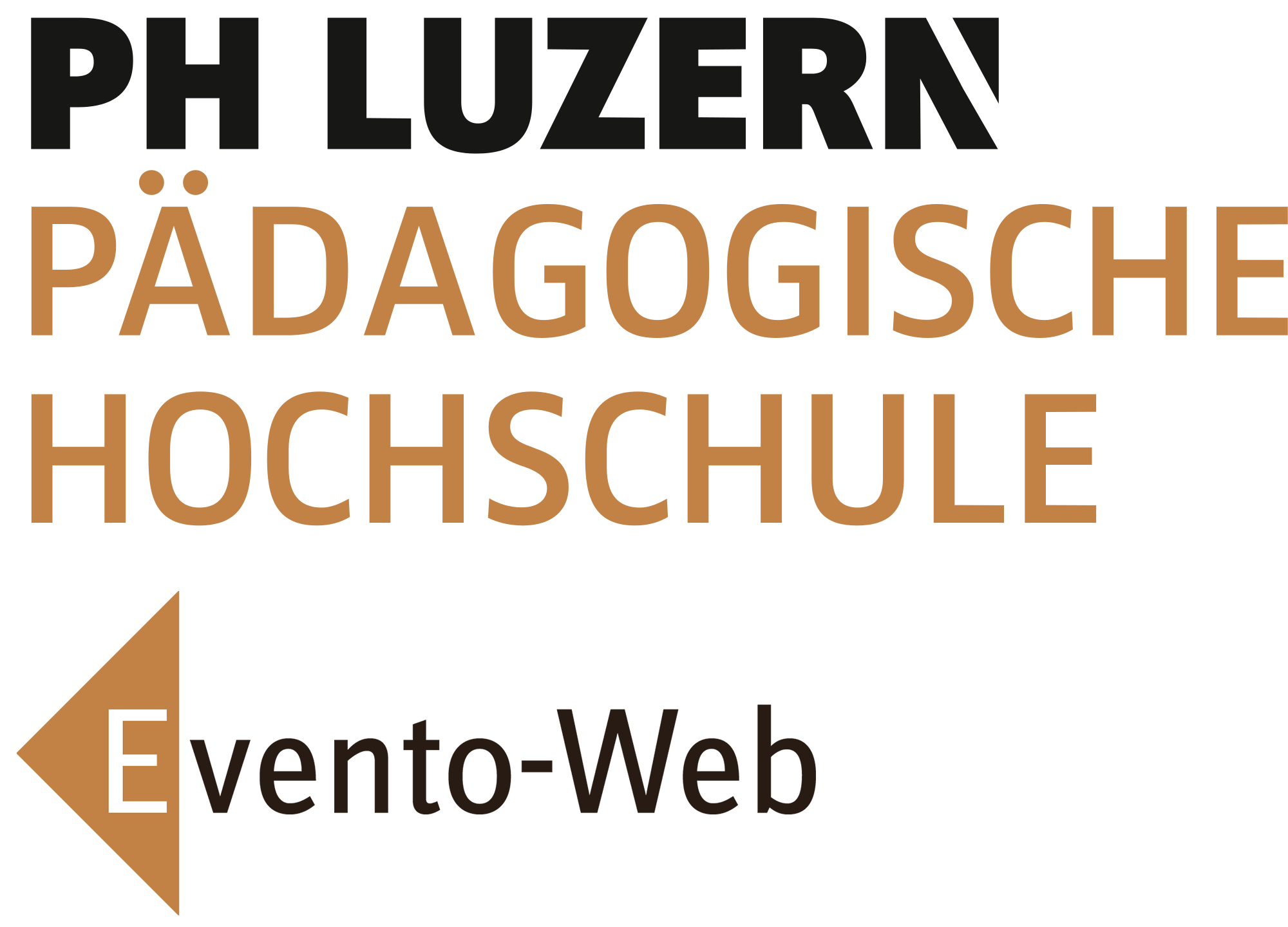Berufspraktikum Englischunterricht Sek II (Zweitfach) H24.001
| Nummer: | PLU.PK23.02-S2.H24.001 |
|---|---|
| Veranstalter: | PLU.Sekundarstufe 2 |
| Leitung: | Gustav Arnold |
| ECTS-Punkte: | 3 |
| Datum: | 16.09.2024 - 20.12.2024 |
| Raum: | |
| Unterrichtssprache: | Deutsch |
| Weitere Informationen: |
Ziele und Inhalte
At the heart of the professional practical training is the independent design and management of teaching and classroom leadership over an extended period. The professional practical training is awarded 3 ECTS credits and encompasses a total of 18 lessons at a Maturity school (Gymnasium, BMS, FMS), during which students observe (up to 3 lessons) and teach themselves.
In the professional practical training, students are expected to further develop their competency in planning, conducting, and evaluating lessons largely autonomously, building on the teaching experiences from their preliminary practical training. This provides them with a realistic view of English teaching and the associated academic, didactic, and pedagogical demands. They experience various roles of the teaching profession both inside and outside the classroom, assume leadership responsibilities, and establish professional relationships with learners.
Students have the opportunity to discuss subject-specific and didactic questions with the practice teacher. During the practical training, a faculty member from the didactics department will observe the teaching. Following this visit, a developmental feedback session takes place in the presence of the practice teacher (lasting approximately 45-60 minutes).
The competencies developed during the preliminary practical training are further refined and enhanced during the professional practical training (refer to the module card for preliminary practical training in English). In this process, students expand and adapt their repertoire of actions.
They have the opportunity to observe and assess the learning processes of individual students. They can accommodate the diverse learning prerequisites of the learners and design learning settings that cater to their educational levels, interests, and various abilities, which also promote independent and self-directed learning. They are capable of utilizing various forms and tools for learning assessment and evaluation effectively, can sensibly assess learning achievements, and provide performance feedback. They can also derive support measures from learning assessments.
Students take on the role of leading a class responsibly and create a conducive learning environment that also establishes connections to English-speaking culture. Their communication with individual students and the entire class is constructive and appreciative. Students can meaningfully structure and manage classroom activities, thus preventing disruptions.
Towards the end of the professional practical training, in cooperation with the practice teacher and the faculty member from didactics, focal points for development for the diploma practical training are defined.
Lehr- und Lernformen
03) Dossier (Grobplanung, created at home)
The practical training is assessed as either ‘satisfactory’ or ‘unsatisfactory.’ The evaluation of the professional practical training is conducted by the practice teacher in consultation with the subject didactics specialist (or the practice coordinator) and is based on the portfolio, which includes the following components:
An overview created by the students detailing the lessons taught, the corresponding period, the content and learning objectives, and the classes involved (levels, major subjects, composition).
-A general plan as well as at least 3 detailed lesson plans, developed by the students using a planning tool.
-Two competency profiles carried out by the practice teacher, one at the beginning and the other towards the end of the practical training.
-An additional competency profile conducted by the subject didactics instructor (or the practice coordinator).

